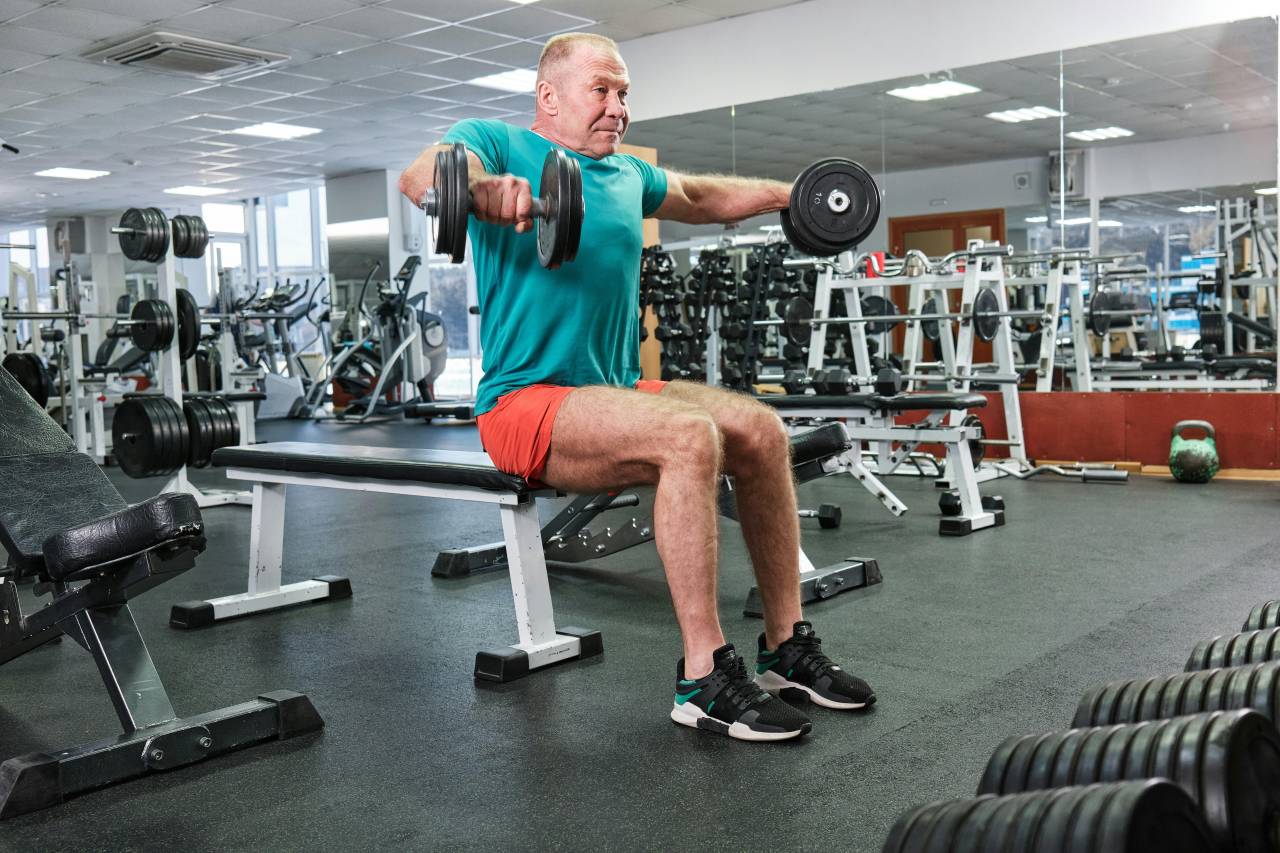You shouldn't have to skip that weekend trip because your knees ache after a long drive. The shoulder that flares up after casting or swinging a club doesn't have to sideline your plans either.
Many men push through pain until they're forced to sit out entirely. Non-surgical regenerative care offers a different path - one that harnesses your body's natural healing mechanisms to repair joint damage and keeps you moving toward your next adventure.
Understanding Regenerative Treatment Options
Regenerative care uses your body's own healing mechanisms to repair damaged joints, tendons, and ligaments. The most common approach involves platelet-rich plasma (PRP), where a small blood draw gets processed into a concentrated platelet solution that's injected directly into problem areas using imaging guidance.
Research shows PRP typically contains 3-8 times the normal platelet concentration found in whole blood, delivering concentrated growth factors directly to injured tissue. The entire PRP procedure usually takes 45-60 minutes from blood draw to injection completion.
Another option is bone marrow concentrate, collected from your pelvis under local anesthesia, then prepared and injected with precision imaging. This procedure takes 2-3 hours but may deliver additional stem cells and growth factors beyond what PRP provides. Clinics like Regenexx Pittsburgh specialize in these image-guided procedures, focusing on reducing pain and improving movement without surgery.
Studies suggest bone marrow concentrate contains higher concentrations of mesenchymal stem cells compared to some other sources, though exact comparisons vary significantly based on processing methods and individual factors.
What the Research Actually Shows
The evidence for regenerative treatments continues evolving, with promising but mixed results across different conditions. Research published in the American Journal of Sports Medicine found that PRP injections for tennis elbow showed 84% improvement in pain scores at 24 weeks, compared to 55% with corticosteroid injections.
For knee osteoarthritis, clinical trials suggest that PRP injections may provide pain relief lasting 6-12 months in roughly 50-70% of patients with mild to moderate arthritis, though results vary considerably based on PRP formulation and disease severity. The American Academy of Orthopaedic Surgeons notes that PRP may help certain tendon injuries and knee arthritis, while acknowledging that more research is needed to determine optimal protocols.
Bone marrow concentrate studies show encouraging results for certain conditions, with some reporting patient satisfaction rates in the 70-85% range, though most studies remain small and methodological approaches vary significantly between research centers.
Who Might Benefit From These Procedures
Men dealing with wear-and-tear injuries from active lifestyles often find regenerative care worth exploring. Common conditions include mild to moderate osteoarthritis, smaller rotator cuff tears, tennis or golfer's elbow, Achilles and patellar tendon issues, and certain types of low back pain.
Clinical data suggests these treatments work best for men with localized joint problems rather than widespread arthritis. Success rates typically decrease when multiple joints are involved or when arthritis reaches advanced stages on imaging studies.
This approach appeals to men who want to stay on the golf course, trail, boat, or bike but aren't ready for joint replacement surgery. While PRP treatments generally range from $500-2,000 per injection and knee replacement surgery averages $35,000-50,000, insurance coverage for regenerative treatments remains limited since many are still considered investigational.
Treatment Process and Realistic Expectations
A typical PRP visit starts with blood draw and separation of platelets while your clinician reviews the treatment plan and confirms target areas with ultrasound or fluoroscopy. The injection itself takes 5-10 minutes, and most men walk out the same day.
Clinical studies suggest that many patients experience some pain relief within 2-6 weeks, while maximum benefits typically occur at 3-6 months post-injection. Roughly 25-40% of cases may require additional injections for optimal results, depending on the condition and individual response.
Bone marrow concentrate procedures take longer but follow similar principles. After local numbing over your pelvis, a small bone marrow sample is collected, processed, and injected using imaging guidance. Most patients return to normal daily activities within a few days to a week.
While serious complications remain relatively rare, temporary pain flares, swelling, and soreness at injection sites are common. The risk profile is generally considered favorable compared to surgical alternatives, though long-term data beyond 1-2 years remains limited.
Strategic Return to Activities
Smart rehabilitation maximizes injection effectiveness. Clinical protocols typically recommend gentle movement within 24-48 hours, as complete immobilization may hinder the healing response these treatments aim to stimulate.
Research suggests that patients who follow structured rehabilitation programs tend to have better outcomes at six months compared to those who resume activities without guidance. A realistic return timeline progresses from light walking and mobility work in the first few weeks, to building basic strength over the following month.
The key involves promoting tissue repair through controlled loading and movement patterns while managing any post-injection discomfort.
Making an Informed Decision
Regenerative care offers active men an option between pushing through pain and accepting surgical intervention. Current evidence shows promise for specific conditions, though individual results vary significantly based on age, activity level, severity of damage, and the specific treatment protocol used.
These treatments remain largely investigational and are often considered adjuncts to, rather than replacements for, established treatments. The field continues evolving rapidly, with researchers working to identify which patients respond best and which preparation methods prove most effective.
Your adventures and hobbies define your lifestyle - these emerging treatments may help you maintain those pursuits while addressing underlying issues. With proper evaluation, realistic expectations based on current evidence, and committed rehabilitation, many men find these procedures worth exploring before considering more invasive alternatives.
